Introduction
The Impact of Student-Centered Learning in Schools is an educational approach that shifts the focus from the teacher to the student. This pedagogical model emphasizes student agency, active learning, and personalized instruction, aiming to foster critical thinking, collaboration, and lifelong learning skills. In recent years, SCL has gained significant traction in educational institutions worldwide, as research increasingly supports its benefits over traditional teacher-centered approaches.
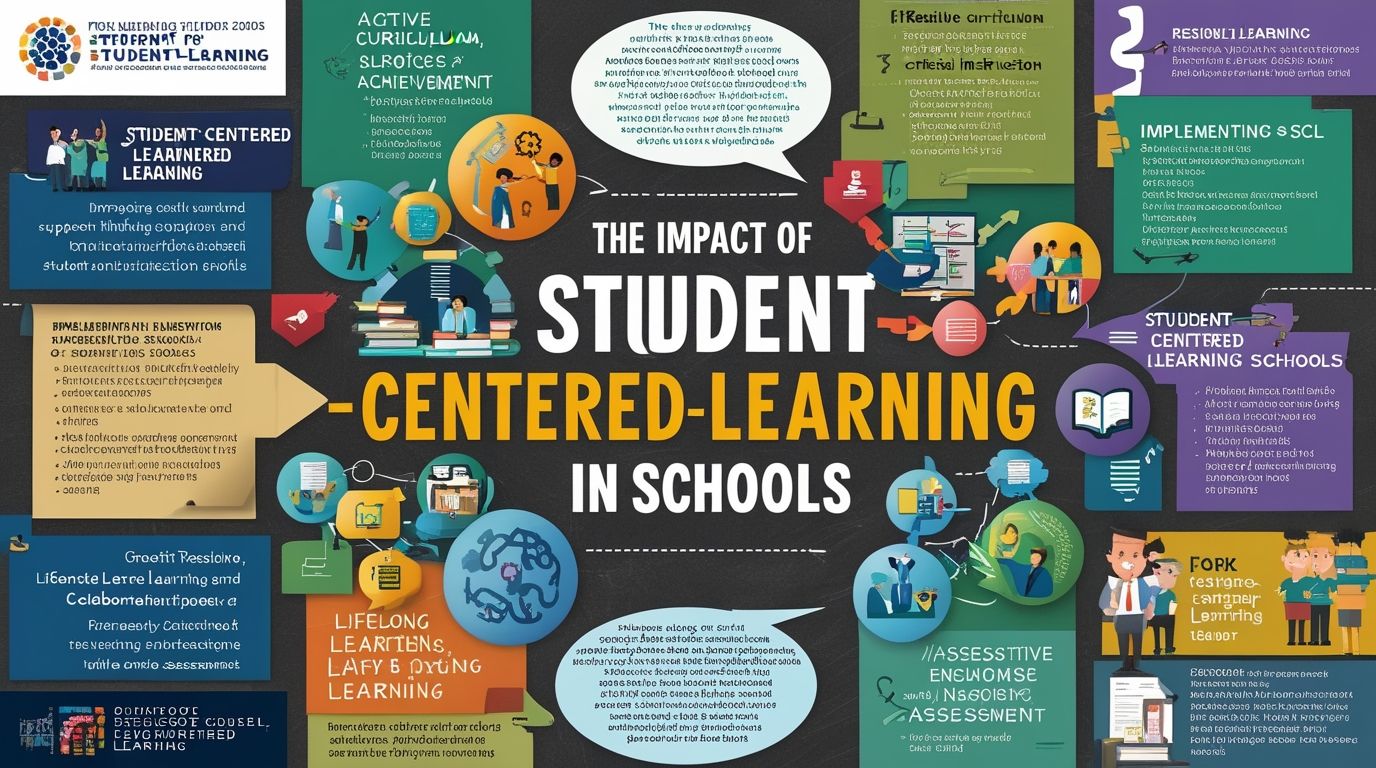
Key Principles of Student-Centered Learning
- Active Learning: Students engage in activities such as discussions, problem-solving, and projects, rather than passively receiving information.
- Personalized Learning: Instruction is tailored to the individual needs, interests, and abilities of each student.
- Student Agency: Learners take an active role in their education, making decisions about their learning paths and methods.
- Collaborative Learning: Students work together in groups, enhancing their social and communication skills.
- Reflective Learning: Emphasis on self-assessment and reflection helps students understand their learning processes and outcomes.
Benefits of Student-Centered Learning
- Enhanced Engagement and Motivation: SCL strategies often increase student interest and motivation by making learning more relevant and enjoyable. When students have a say in their education and can relate it to their personal interests, they are more likely to be engaged.
- Improved Critical Thinking and Problem-Solving Skills: By engaging in active learning and collaborative activities, students develop higher-order thinking skills. They learn to analyze information, make decisions, and solve complex problems.
- Greater Academic Achievement: Studies have shown that student-centered approaches can lead to improved academic performance. Personalized instruction helps ensure that students grasp foundational concepts before moving on, leading to deeper understanding and retention.
- Development of Lifelong Learning Skills: SCL encourages students to take responsibility for their learning, fostering skills like self-regulation, time management, and goal-setting. These skills are crucial for success in higher education and beyond.
- Better Social and Emotional Development: Collaborative learning and student agency contribute to improved social skills and emotional intelligence. Students learn to work with others, communicate effectively, and develop empathy.
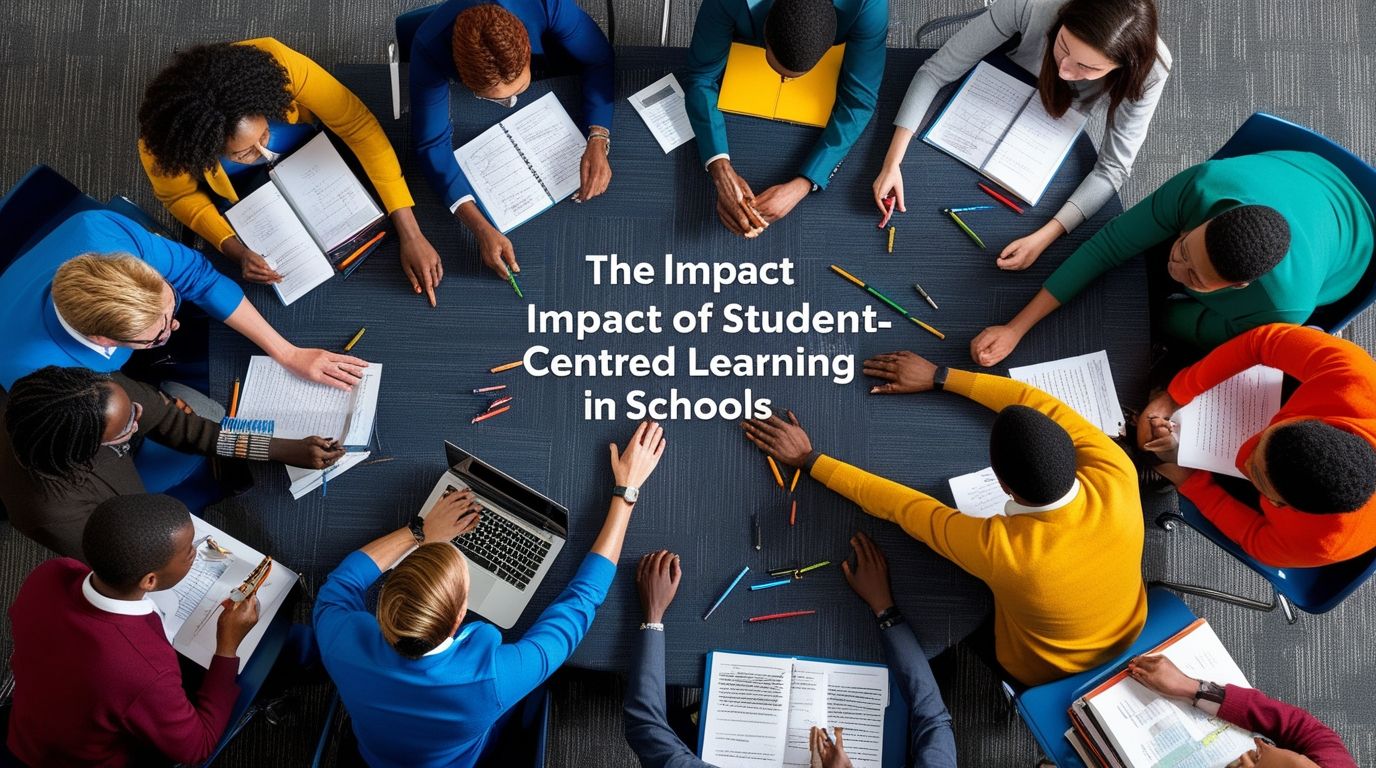
Implementing Student-Centered Learning
- Curriculum Design: Developing a curriculum that allows for flexibility and personalization is key. This might include project-based learning, inquiry-based activities, and opportunities for student choice in assignments and assessments.
- Teacher Roles: In an SCL environment, teachers act more as facilitators or guides rather than traditional lecturers. They support students in their learning journeys, providing resources, feedback, and encouragement.
- Learning Environments: Classrooms should be arranged to promote interaction and collaboration. Flexible seating, group workspaces, and access to diverse resources support SCL.
- Assessment Methods: Traditional tests and quizzes are complemented by formative assessments, peer evaluations, and self-assessments. These methods provide a more comprehensive picture of student learning and progress.
- Technology Integration: Digital tools and resources can enhance SCL by providing personalized learning experiences, interactive content, and opportunities for collaboration. Learning management systems, educational apps, and online resources are valuable assets.
Challenges and Solutions
- Resistance to Change: Both teachers and students might resist moving away from traditional methods. Professional development and continuous support can help educators transition to SCL. For students, gradual implementation and clear communication of benefits can ease the transition.
- Resource Constraints: Implementing SCL can require additional resources, such as technology and training. Schools can seek grants, partnerships, and community support to obtain necessary resources.
- Assessment Difficulties: Traditional grading systems may not align well with SCL. Developing alternative assessment methods and rubrics can provide more accurate evaluations of student learning.
- Maintaining Academic Rigor: There can be concerns that SCL might lower academic standards. Ensuring that personalized and student-driven activities are challenging and aligned with learning goals can maintain rigor.
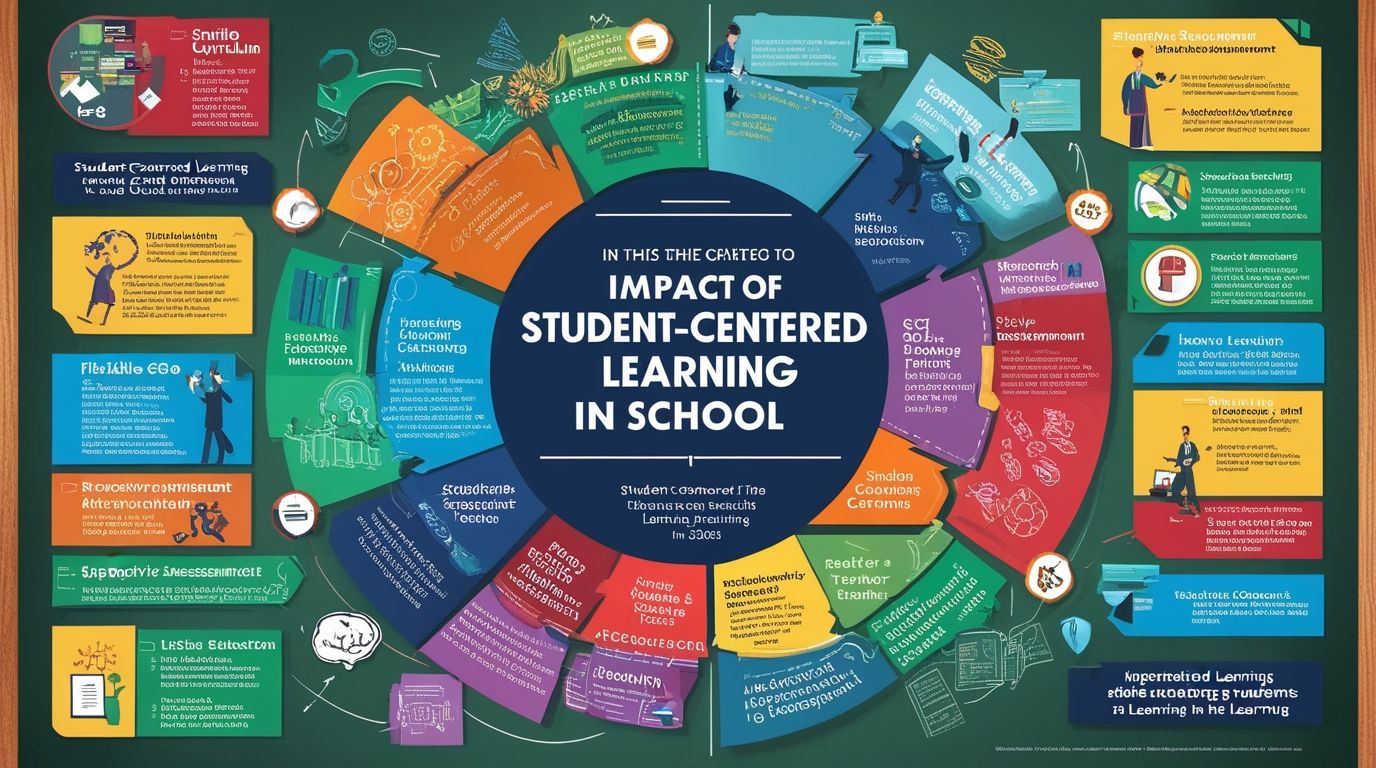
Case Study: Success of Student-Centered Learning at School
School implemented a comprehensive SCL program across all grade levels. The initiative involved extensive teacher training, curriculum redesign, and investment in technology. The outcomes were significant:
- Increased Student Engagement: Surveys showed that 85% of students felt more engaged and interested in their studies compared to the previous year.
- Improved Academic Performance: Standardized test scores improved, with a notable increase in reading and math proficiency.
- Enhanced Critical Thinking Skills: Teachers reported that students were better able to analyze information and solve problems independently.
- Positive Feedback from Parents and Students: Both groups expressed high levels of satisfaction with the new learning approach. Parents appreciated the emphasis on personalized learning and student well-being.
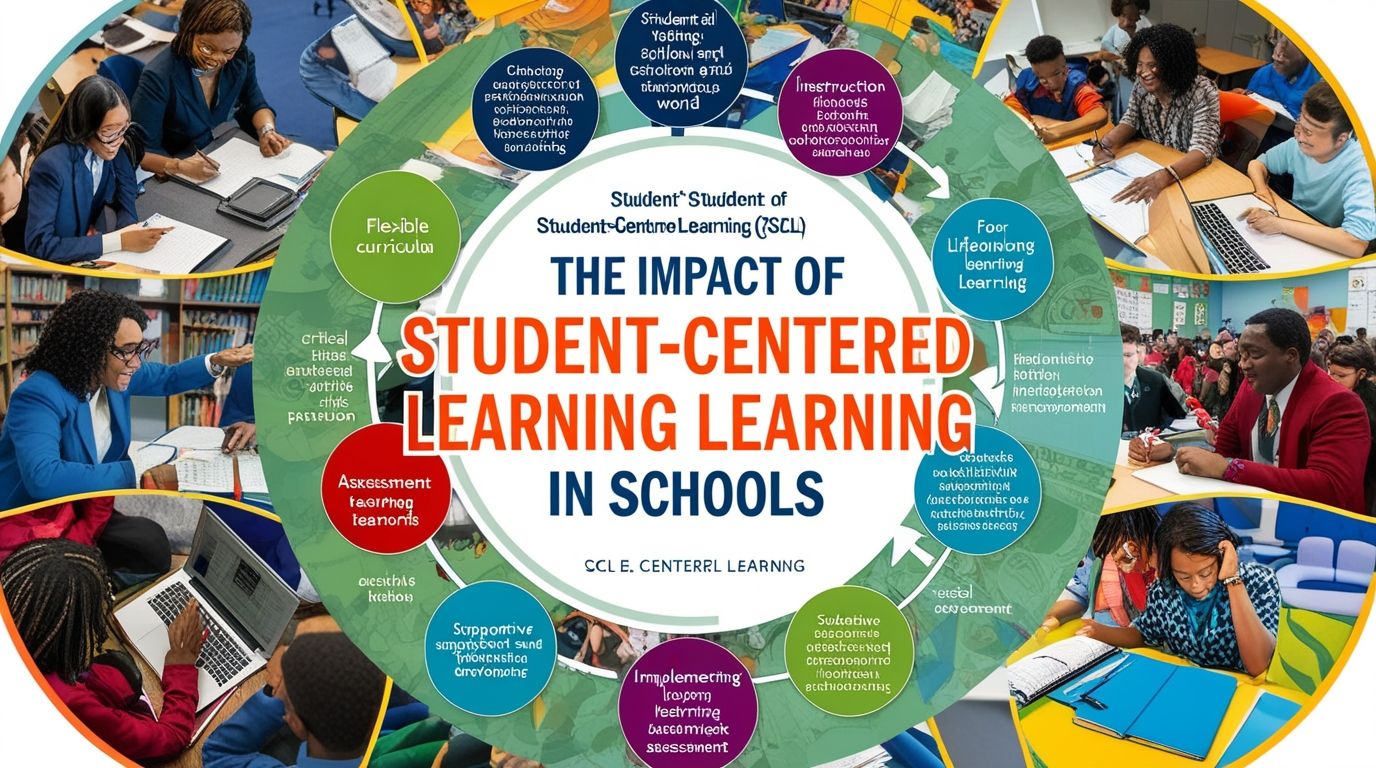
Future Directions for Student-Centered Learning
- Continued Professional Development: Ongoing training and support for teachers are crucial for the sustained success of SCL. Workshops, coaching, and collaborative planning sessions can help educators refine their practices.
- Leveraging Technology: As educational technology continues to evolve, schools should explore new tools and platforms that can support personalized and active learning experiences.
- Expanding SCL Practices: Schools can extend SCL principles beyond the classroom, incorporating them into extracurricular activities, school culture, and community partnerships.
- Research and Evaluation: Continuous research on the effectiveness of SCL practices can provide valuable insights and help refine strategies. Regular evaluation of student outcomes and feedback from all stakeholders can guide improvements.
Conclusion
The Impact of Student-Centered Learning in Schools it represents a transformative approach to education, placing students at the heart of the learning process. By emphasizing active learning, personalization, and collaboration, SCL not only enhances academic outcomes but also prepares students for success in an ever-changing world. Despite challenges, the benefits of SCL make it a compelling model for schools aiming to foster engaged, motivated, and well-rounded learners. With careful planning, adequate resources, and ongoing support, schools can successfully implement and sustain student-centered learning practices, ultimately creating a more effective and fulfilling educational experience for all students.
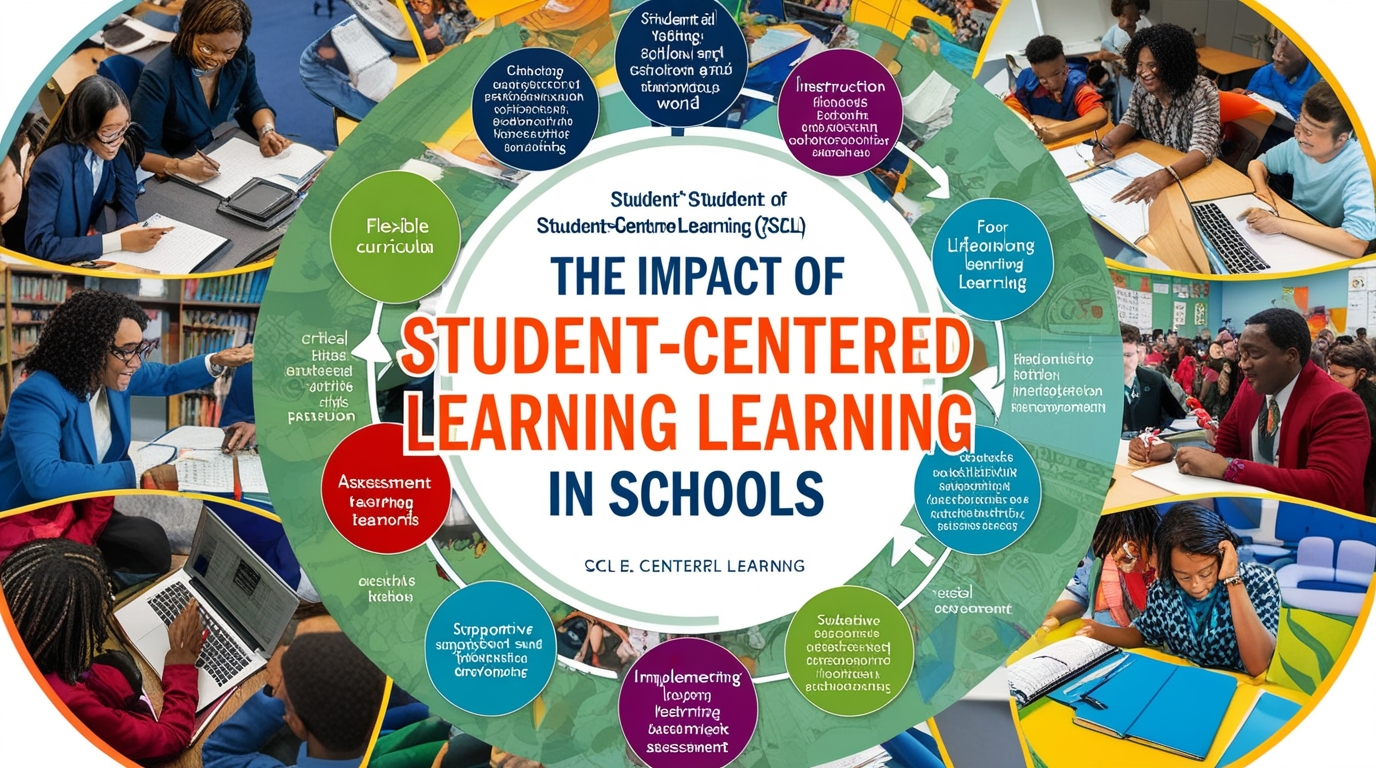
k95pav
0ekkwm
tzaxqe
Keep up the good work, I read few blog posts on this web site and I believe that your website is rattling interesting and contains bands of superb information.
l511fc
s78w79
htarww
Unlock exciting rewards with the latest 1xBet promo code! Whether you’re from Bangladesh, Pakistan, India, Nepal, Sri Lanka, Egypt, or the Philippines, you can claim amazing bonuses like free bets, free spins, and welcome bonuses with our updated 1xBet promo codes today. Use your 1xBet promo code for registration to start betting without a deposit or boost your first deposit with extra cash. Enjoy special offers with the 1xBet official promo code, perfect for app users and desktop players. Get your 1xBet free promo code today and experience top-tier betting promotions before they expire! No matter where you are, finding the right 1xBet promo code today means unlocking bigger chances to win, with offers perfectly tailored for players across Bangladesh, Pakistan, India, Nepal, Sri Lanka, Nigeria, Egypt, and the Philippines.
Greetings! Very helpful advice on this article! It is the little changes that make the biggest changes. Thanks a lot for sharing!
Only wanna comment on few general things, The website design is perfect, the content is very fantastic : D.
I think you have observed some very interesting details , thanks for the post.
I am often to blogging and i really appreciate your content. The article has really peaks my interest. I am going to bookmark your site and keep checking for new information.
I have not checked in here for a while since I thought it was getting boring, but the last few posts are great quality so I guess I will add you back to my daily bloglist. You deserve it my friend 🙂
pattimura4d
I’m impressed, I need to say. Actually hardly ever do I encounter a blog that’s each educative and entertaining, and let me inform you, you may have hit the nail on the head. Your idea is excellent; the issue is one thing that not enough individuals are talking intelligently about. I’m very comfortable that I stumbled across this in my seek for something referring to this.
Thank you for another excellent post. The place else could anyone get that type of info in such an ideal manner of writing? I have a presentation subsequent week, and I’m at the look for such information.
I am not really wonderful with English but I line up this very easy to read .